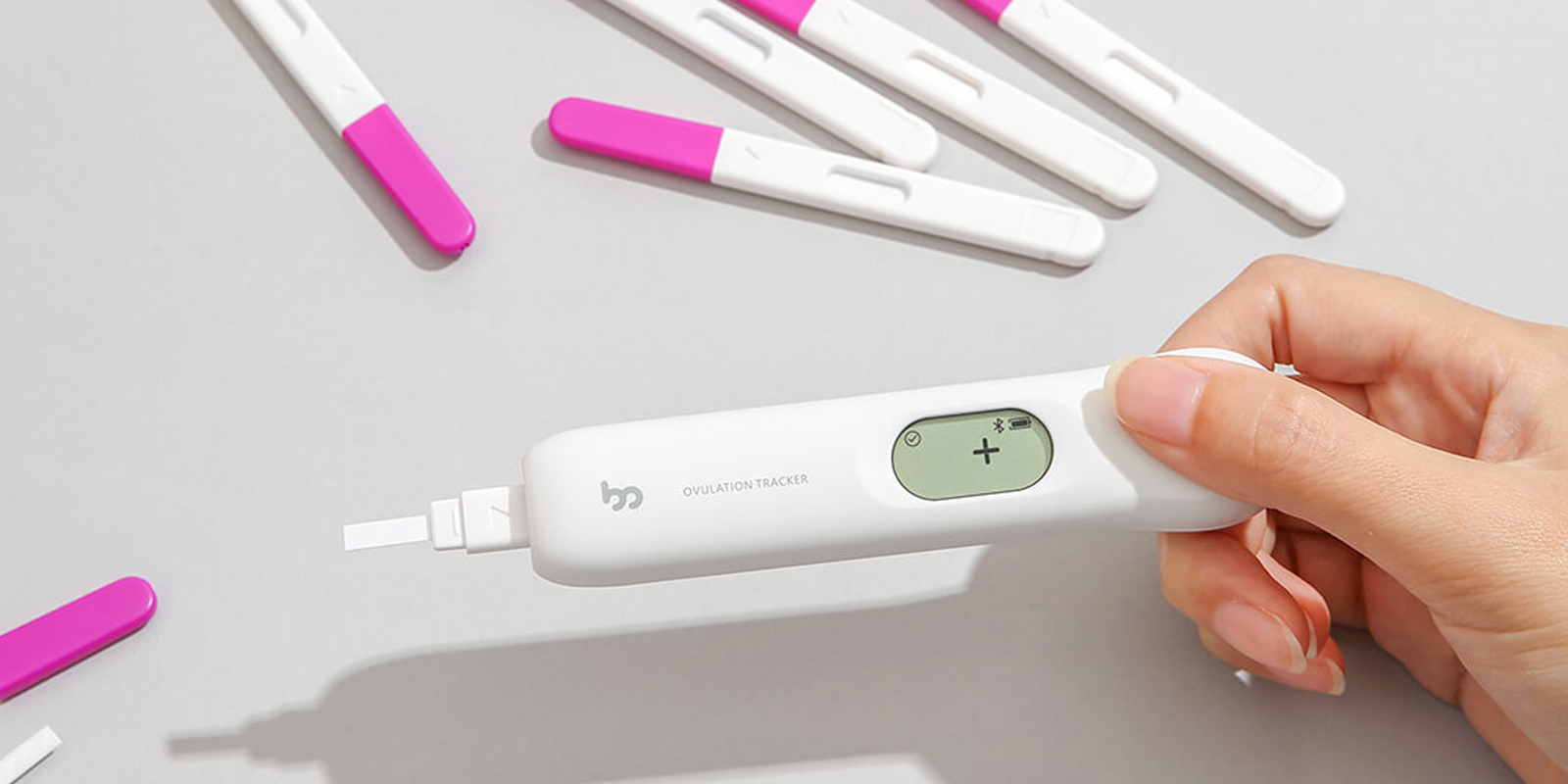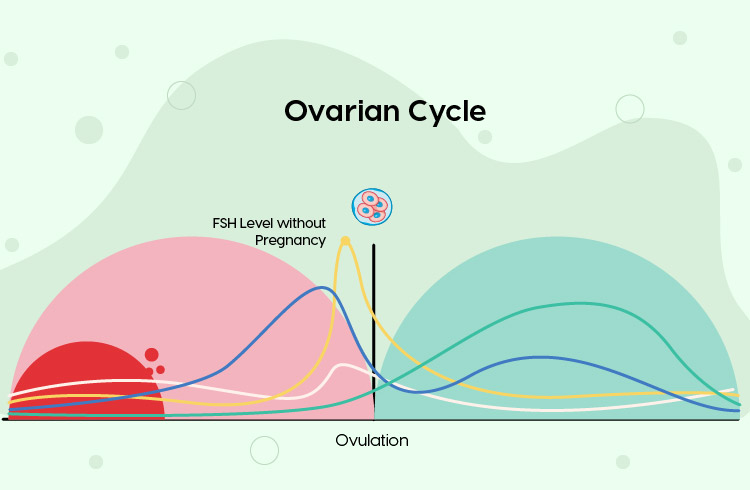What is LH Hormone
Luteinizing Hormone (LH) is a chemical in the body, essentially a glycoprotein hormone that is released by our pituitary gland at the same time as FSH, which prepares the follicle to release the egg, and LH hormone, which stimulates the ovaries to release the egg, ultimately helping the woman to release a healthy, intact egg, and ensuring women’s reproductive health. LH is an important hormone for pregnancy. In an infertile adult woman, the luteinizing hormone triggers the ovaries to release an egg and is produced at a higher level 24-36 hours before every ovulation phase of the menstrual cycle.

Effects of LH hormone on Pregnancy
Before a mature egg is released from the ovary, LH levels surge, signaling the follicle, to release the egg from the ovary. This pattern indicates that LH levels surge early in pregnancy, and such a change makes it easy for a woman to test for pregnancy with a test strip. The test is usually done through urine. A fertilized egg triggers a rise in LH levels and a positive test strip result indicates pregnancy.
After ovulation, the follicle ruptures and transforms into the corpus luteum, which secretes progesterone and helps to thicken the lining of the uterus in preparation for a fertilized egg. During this time, LH hormones also stimulate the formation of the corpus luteum and optimize its function so that women can maintain adequate corpus luteum levels during early pregnancy until the placenta forms and progesterone is secreted.
Besides, LH levels can affect ovulation in PCOS patients, as they usually have irregular menstrual cycles and higher androgen levels than normal, which can lead to high LH secretion, resulting in abnormal ovulation, anovulation, further get much lower chance of pregnancy. It is an important method of helping PCOS patients to get pregnant by controlling LH levels.

What to do for the LH Hormone Test?
If you're using at-home urine testing to track ovulation, follow the instructions that come with your LH testing kit.
Here are the instructions for the Femometer IVY103 Digital LH Ovulation Predictor Kit
Remove the cap of the test strip and insert the end into the meter to start the testing.
Keep the strip submerged until the meter shows sampling is complete. Lay the meter undisturbed on a flat surface for 6 minutes.
The meter has results ready on the screen. Check the app for a depth curve chart.
Are there any Risks to the Test?
If you had the LH level test done by blood test in the hospital, the risk of blood test is very low.
If you take a urine test at home, the urine test is usually risk-free.
This article is the original creation of Femometer. All rights reserved by Femometer Inc. To reproduce, distribute, or reference the content, please reach out to us in advance to prevent any potential legal issues. Copyright © Femometer Inc.










